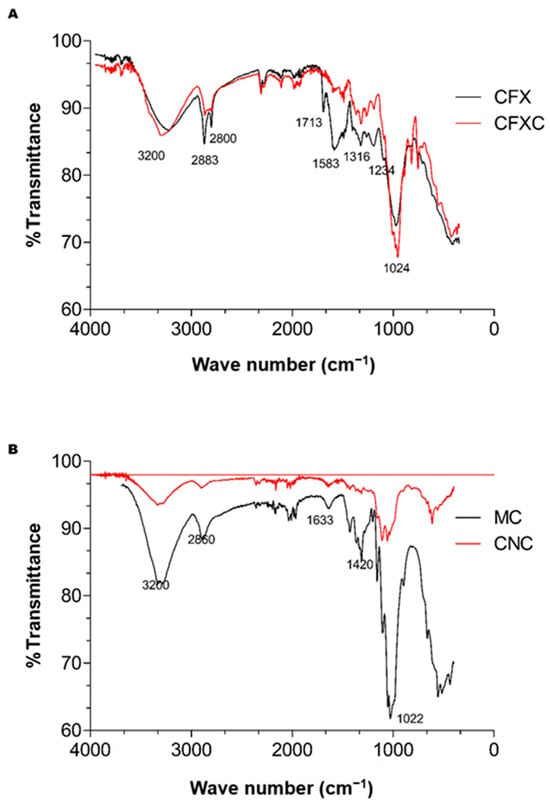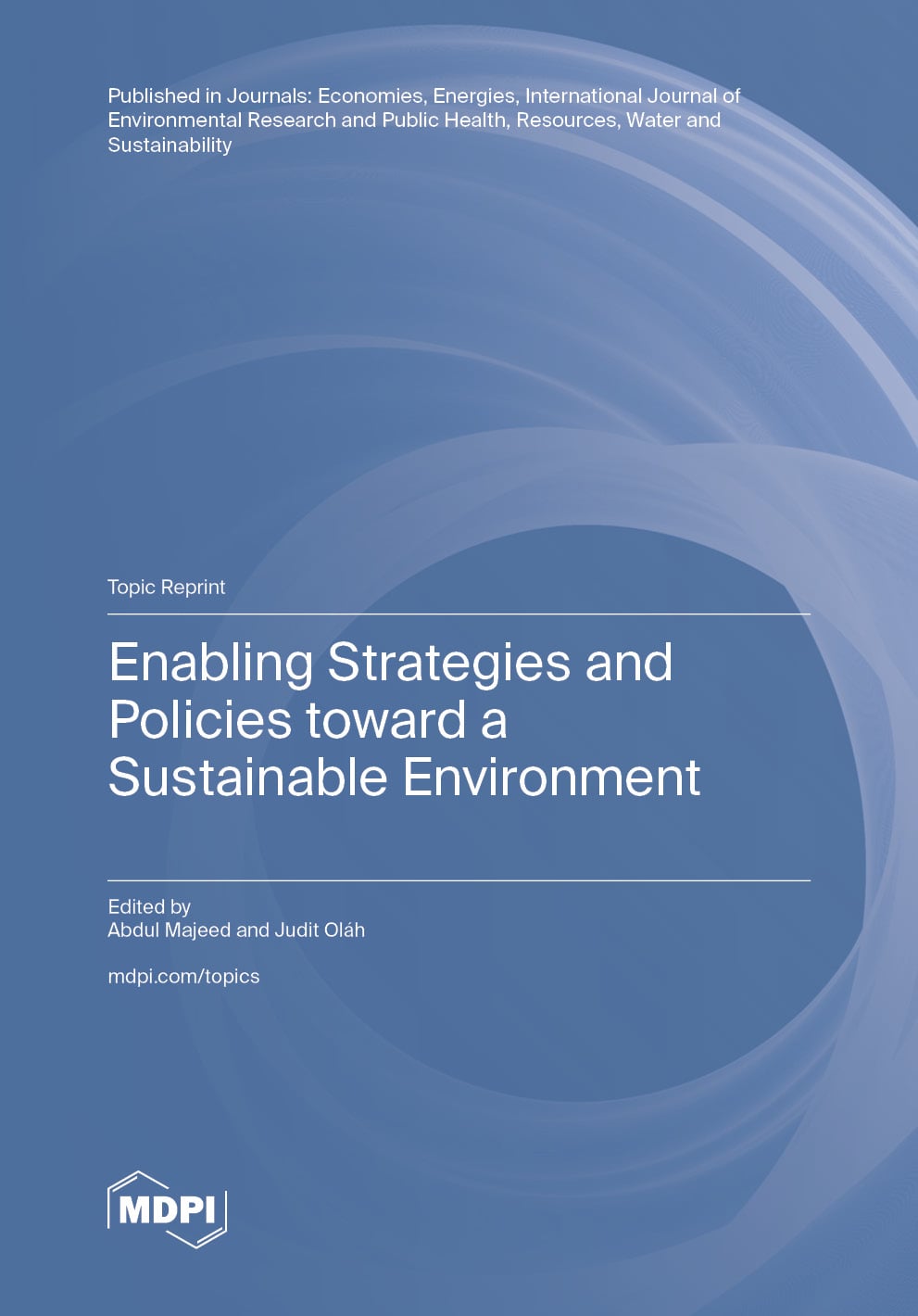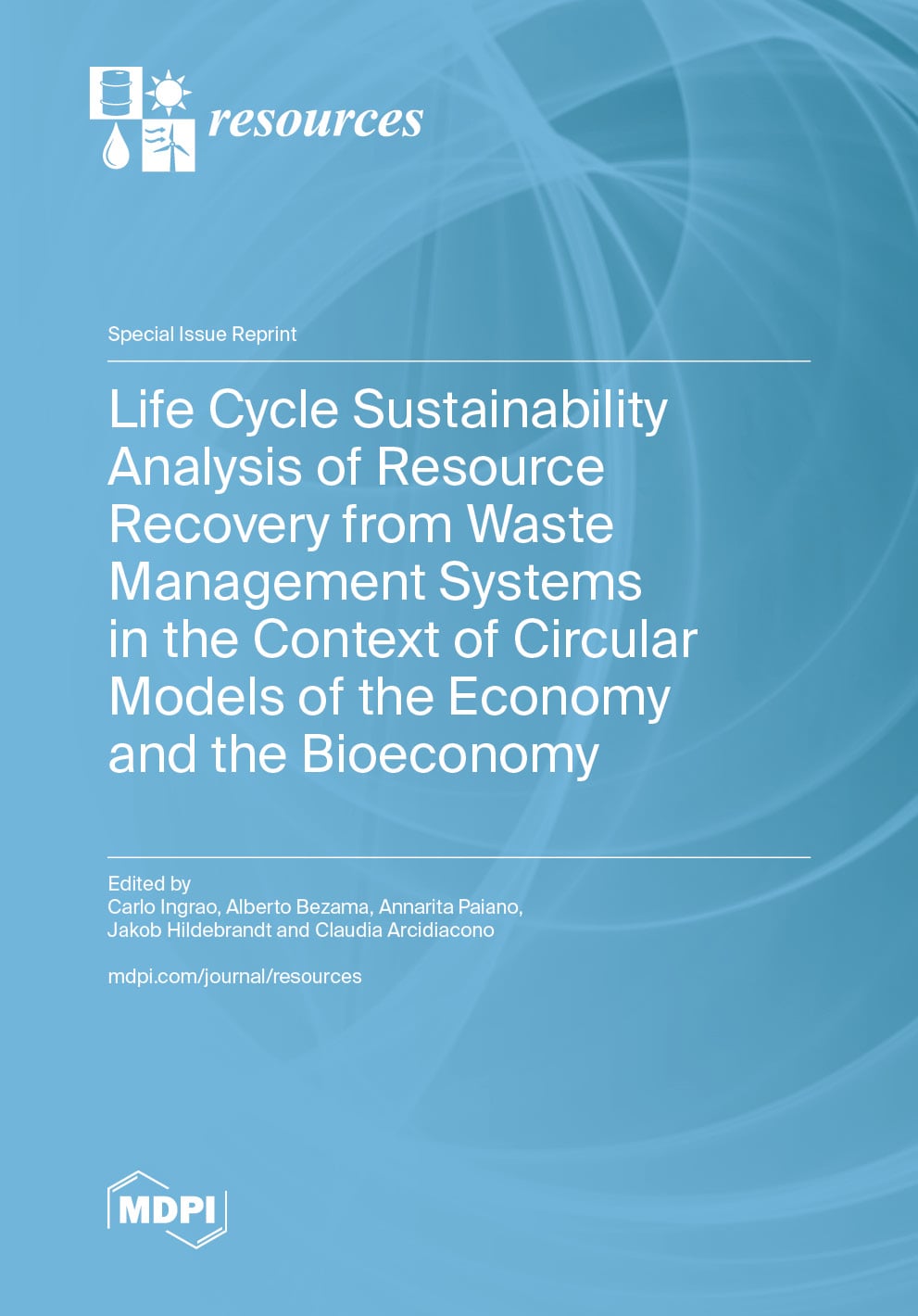- Article
Low-Quality Coffee Beans Used as a Novel Biomass Source of Cellulose Nanocrystals: Extraction and Application in Sustainable Packaging
- Graziela dos Santos Paulino,
- Júlia Santos Pereira and
- Clara Suprani Marques
- + 10 authors
Most polymeric plastics used as food packaging are obtained from petroleum or made with non-biodegradable synthetic molecules, which slowly degrade and leach into the environment, resulting in the accumulation of microplastics along the trophic chains. To mitigate these impacts, biodegradable packaging derived from agro-industrial biomass residues has emerged as a promising alternative. In this study, bio-based methylcellulose films reinforced with cellulose nanocrystals (CNCs) extracted from low-quality coffee beans were developed and fully characterized. The extracted CNCs presented a needle-like morphology, with an average height of 7.27 nm and a length of 221.34 nm, with 65.75% crystallinity, were stable at pH 7–8, and presented thermogravimetric mass loss of 8.0%. Methylcellulose films containing 0.6% w/w of CNC were produced by casting and characterized in terms of thermal, mechanical, and optical properties. Notably, the incorporation of CNCs resulted in significantly more flexible and less rigid films, as evidenced by the higher elongation at break (57.90%) and lower Young’s modulus (0.0015 GPa) compared to neat methylcellulose film. The tensile strength was not affected (p > 0.05). Additionally, the MCNC 0.6% films effectively blocked UV light in the 200–300 nm range without compromising transparency. Altogether, these findings underscore the MCNC 0.6% film as a flexible, biodegradable packaging material suitable for food industry application.
18 December 2025




